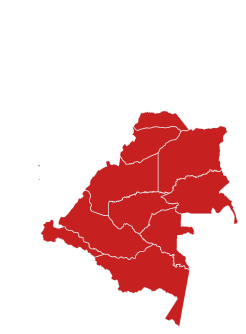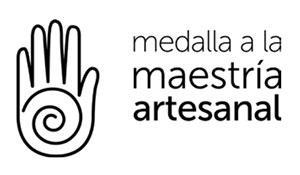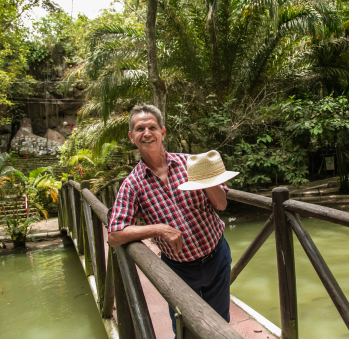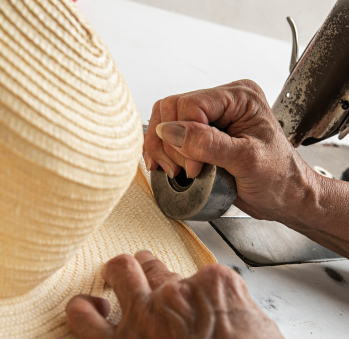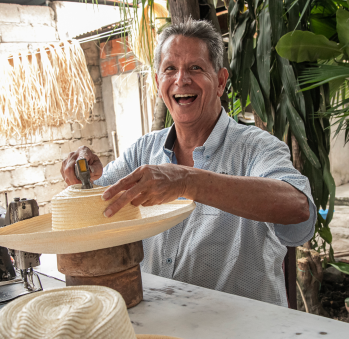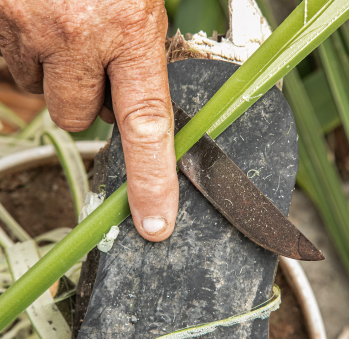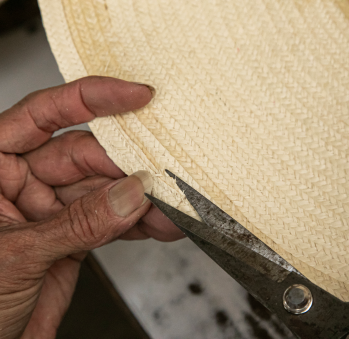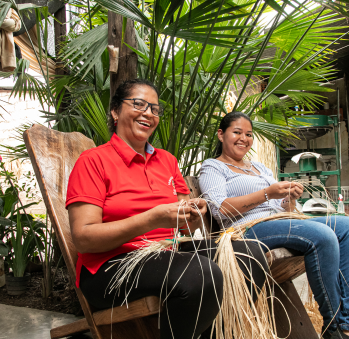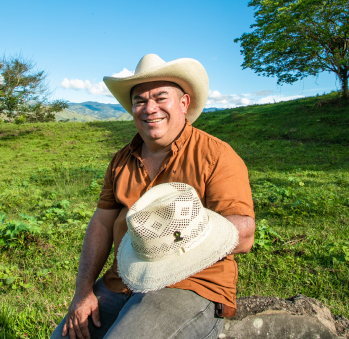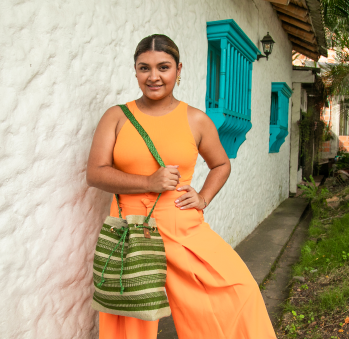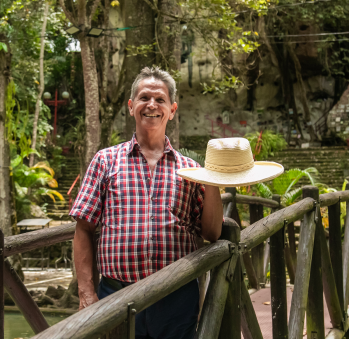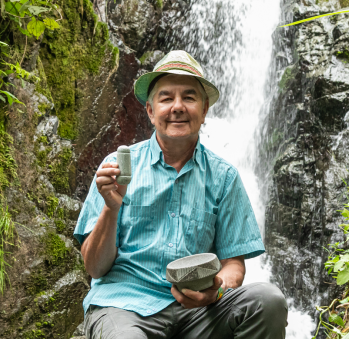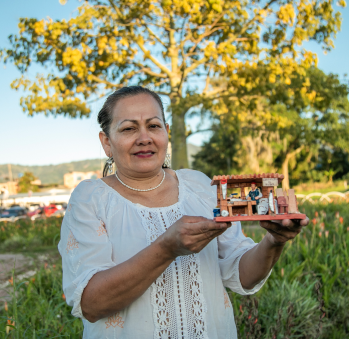Ernesto Gutiérrez
The town of Palermo, located in Huila, is home to a community of pindo hat artisans. This particular type of hat is integral to the traditional dance of the region, known as the sanjuanero. In this dance, men wear the copa herradura while women wear the pava. Ernesto Gutiérrez arrived in Palermo in 1991 at the age of 36, seeking out the pindo weavers. With a determination to work in hat-making, he aimed to be as close as possible to the weavers to collaborate and source the best braids. Ernesto learned the craft from his mother, Arcelia Jara de Gutiérrez, who would purchase the braids in Palermo and sew them using her mechanical sewing machine, creating hats that were then sold in nearby towns such as Baraya, Aipe, Garzón, and Pitalito. Ernesto felt drawn by the work and found out that he was actually good at it. His patience in front of the sewing machine set him apart, a trait that his siblings did not share due to their differing natures.
In Huila, the term pindo refers to caña flecha. In Colombia’s Caribbean regions, the same fiber is used to create sombrero vueltiaos. In Huila, the caña flecha grows wild near brooks and rivers, spreading across the landscape much like bamboo. The raspador is the personzx responsible for locating and harvesting this plant, using a knife and claw. These harvested pounds of pindo are then sold to artisans, who proceed to sun-dry them for a week before dividing them into thin strips. Once dried, the fiber becomes whitish. Interestingly, Huila leads the country’s coffee production, and the same individuals who harvest the pindo are also involved in coffee bean picking during the coffee harvest around May. That means that around May, the artisans cannot find a single pound of pindo to buy. In spite of this challenge and the absence of pindo crops, the artisans persevere without support from the local authorities. Ernesto, who arrived in search of the weavers, is now an integral part of their community, collaborating with fellow artisans Consuelo Castañeda, Ángela Patricia Lozada, and Silvia Amezquita Vargas, among others. They support each other and together, spread their knowledge.
Consuelo Castañeda has been imparting her craft in schools and at her own establishment for four years. She educates on the process of ripping, dyeing, bleaching, and braiding the fiber. At the beginning, it was a challenging task since the young ones were not interested enough and wouldn’t focus on the work. However, over time, their enthusiasm for learning has grown. Ángela Patricia Lozada, who initially visited Ernesto’s workshop seeking a specific braid type, now serves as his assistant. She is known for weaving intricate braids using seven pairs of extremely thin threads. Silvia Amézquita Vargas, who observed her mother and aunts braiding as a child, now devotes her efforts to transmitting this cultural legacy. With every performance of the Sanjuanero dance, their traditions come to life as the pindo hats rest atop dancers’ heads. Silvia is passionate about sharing the history behind these hats: they were invented over a century ago by women who wove them for their husbands—farmers cultivating plantain, coffee, and rice. Although these hats were also crafted in Teruel and Campoalegre, the knowledge was lost over time.
Remarkably, Palermo is the only town where this tradition remains alive. That’s the reason for the artisans’ commitment to its preservation and dissemination. Convincing the younger generation, however, is a challenging task, as they look after immediate remuneration instead of patiently waiting for the craft’s returns. Yet, their consistent efforts are showing their outcome. Silvia emphasizes that weaving is beneficial for everyone, whether engineers, doctors, or other professionals, as it enhances fine motor skills. Ernesto, meanwhile, recalls how his fascination with the craft began at the age of fifteen, as he realized he could make a living from crafting hats—a constant need in the warm region. He believes that “while there are heads around, there will be hats.””
Presently, Ernesto is Palermo’s sole male hat-sewer. He has been doing so for over fifty years, utilizing his trusty mechanical sewing machine. Every bit he’s earned is the result of his craft. In 2020, his friend and colleague Silvia Amezquita recognized his eligibility for the Artisanal Maestry Medal. She compiled all the necessary documents and nominated him for the award, which he subsequently received. This was a clear sign of both his vocational dedication and the significance of community collaboration in upholding and celebrating this tradition.
Craft
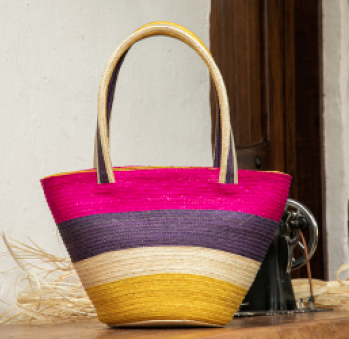
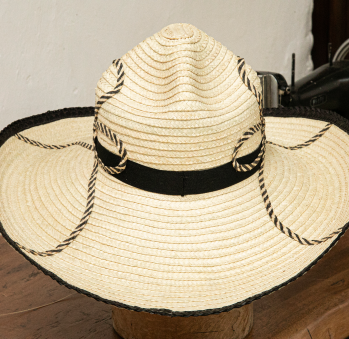
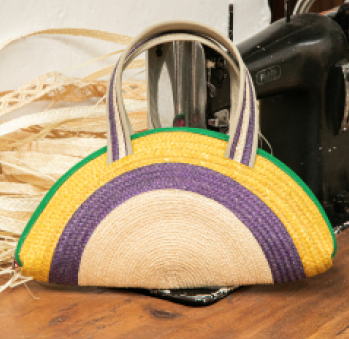
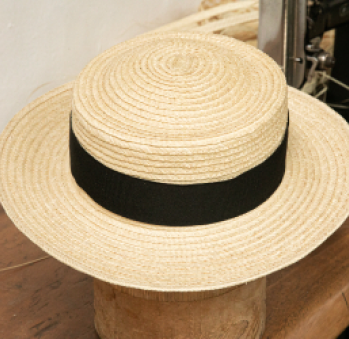
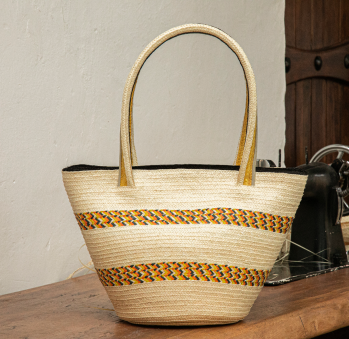
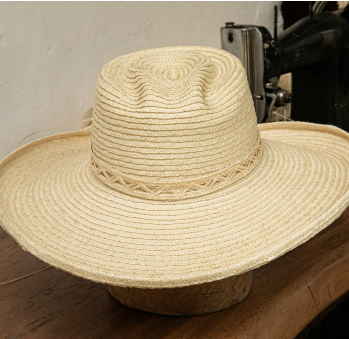

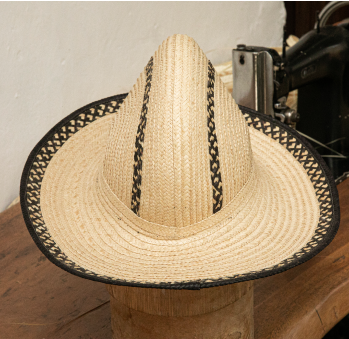
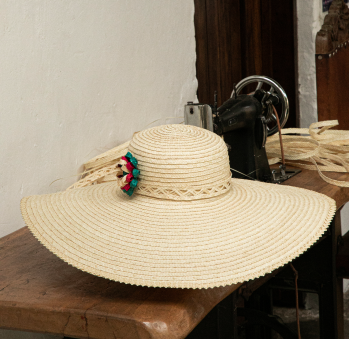
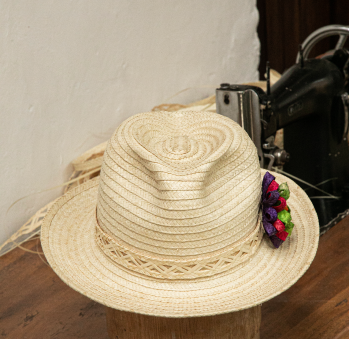










Artisans along the way
Artisans along the way
No puede copiar contenido de esta página

